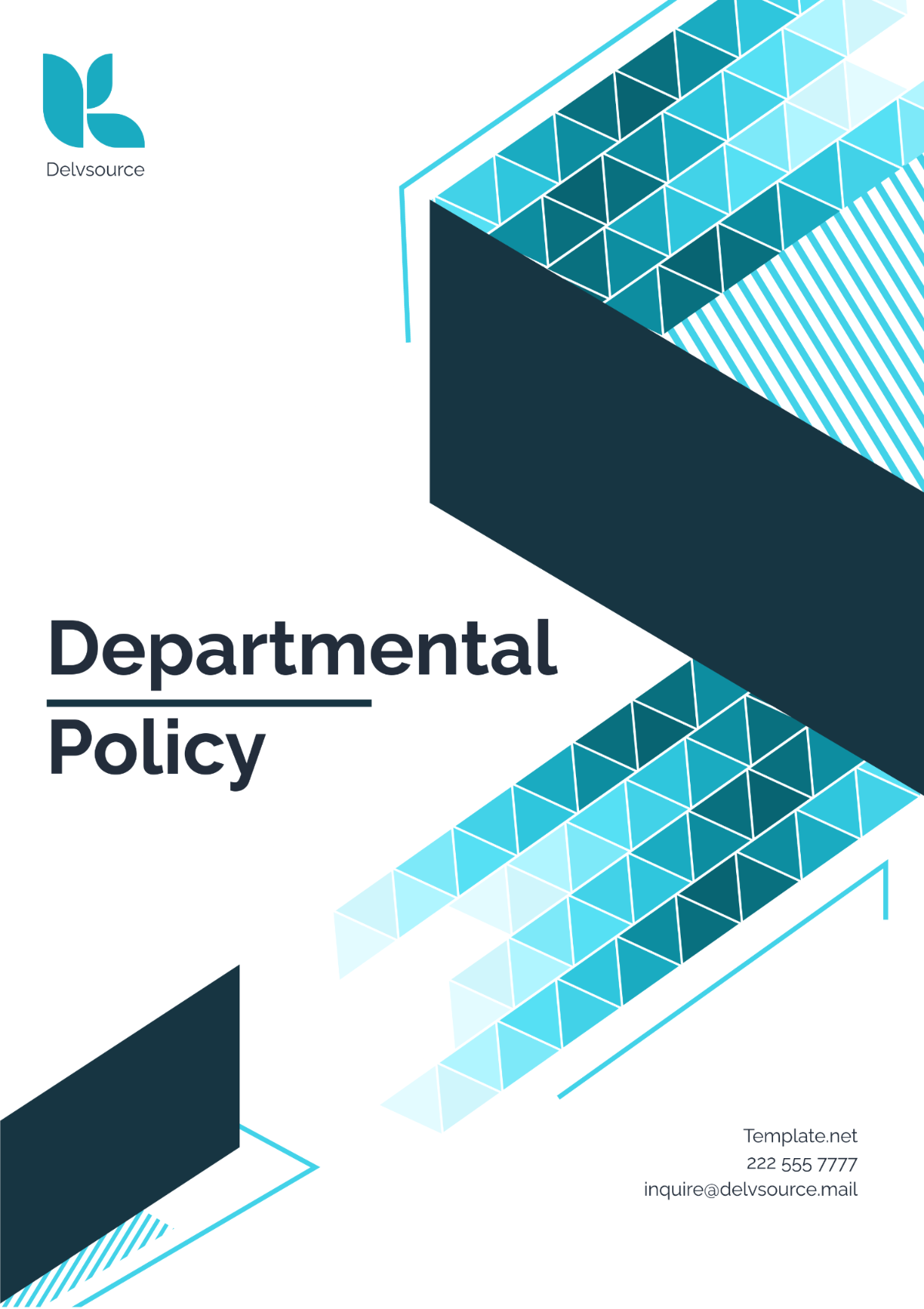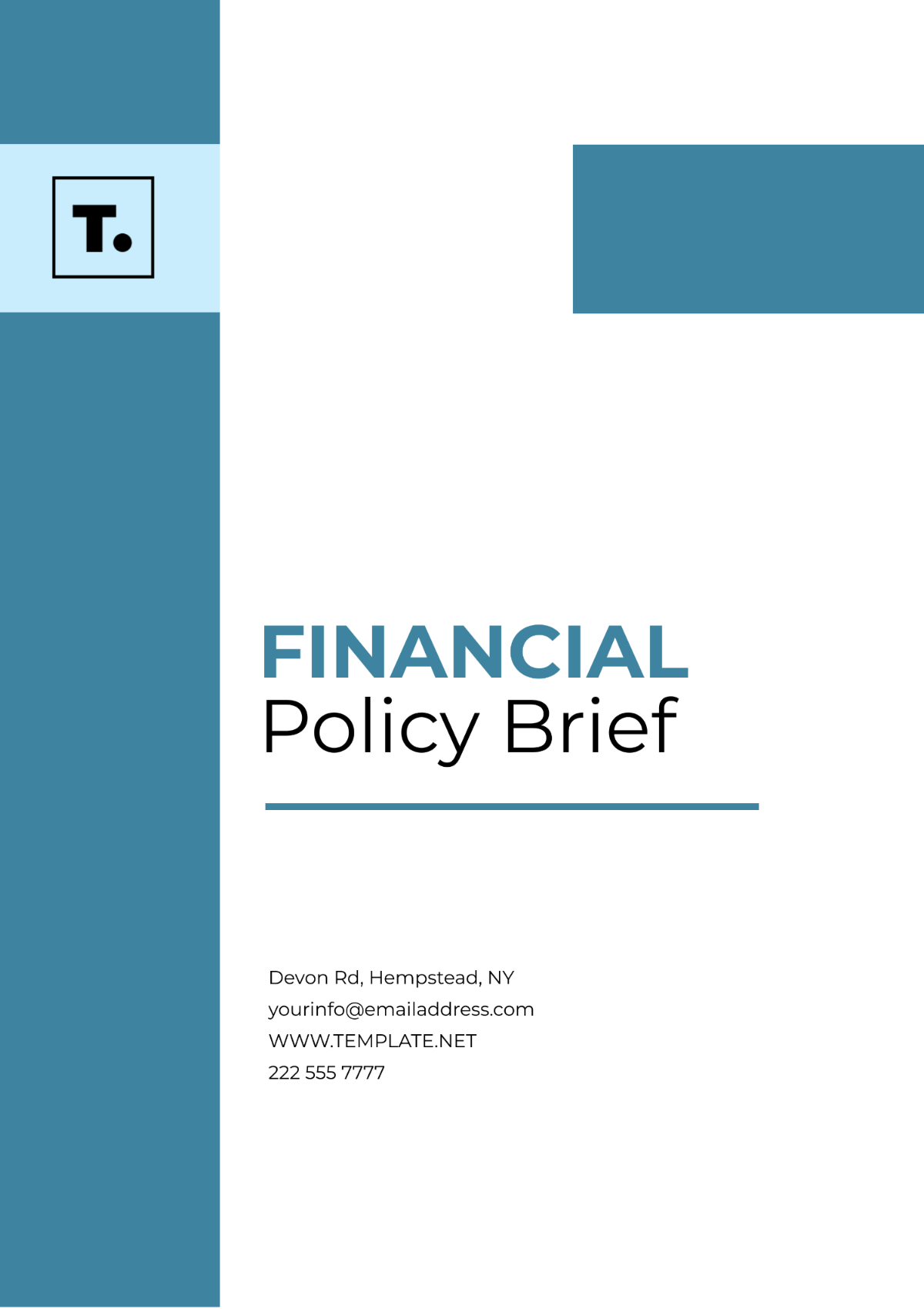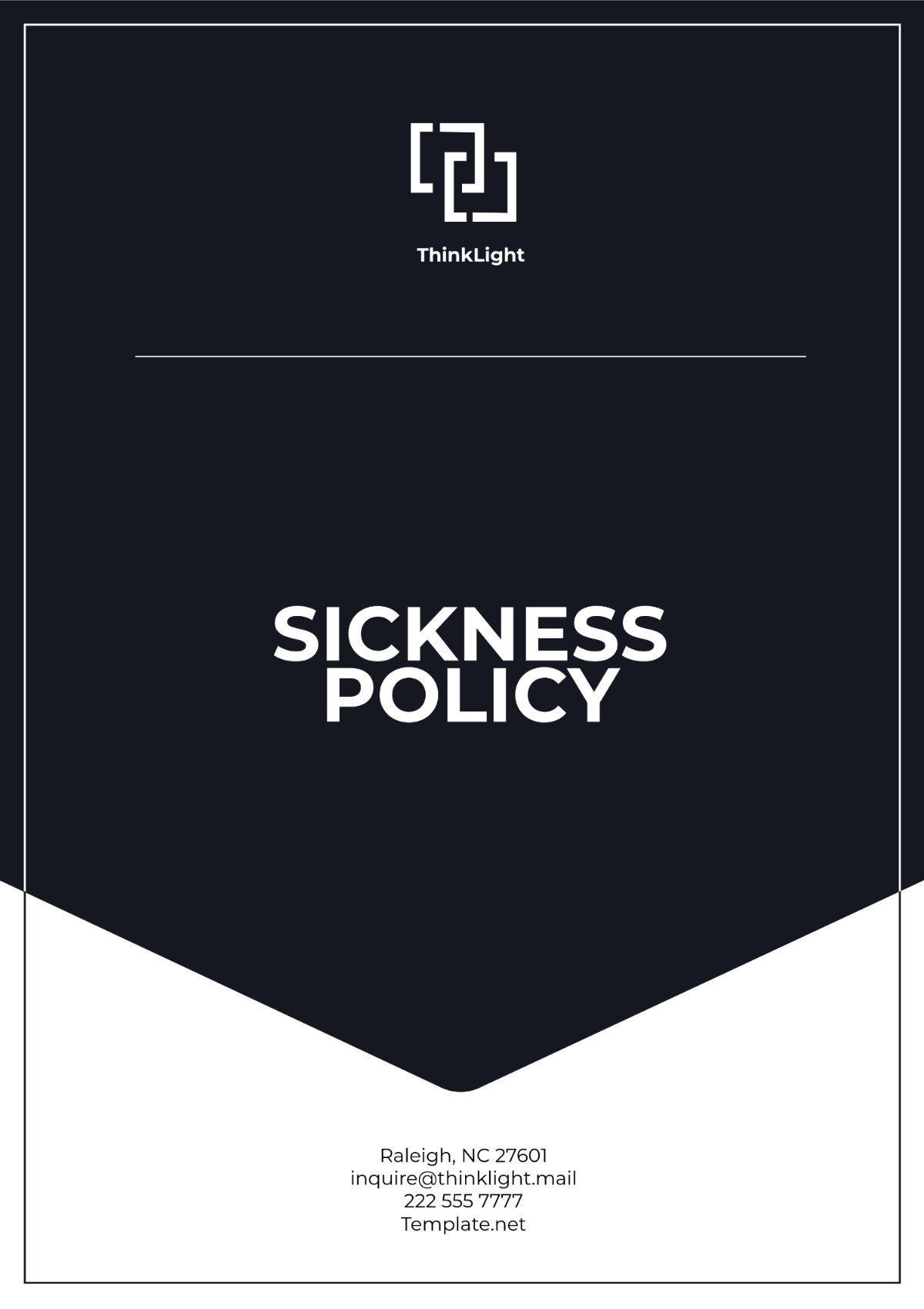Cleaning Services Content Marketing Policy & Procedure
I. Introduction
A. Purpose
The purpose of this document is to establish comprehensive guidelines and procedures for the content marketing efforts of [Your Company Name], aimed at promoting our services, enhancing brand awareness, and engaging with our target audience effectively.
This policy aims to ensure consistency, quality, and compliance with ethical standards in all content creation, distribution, and promotion activities conducted by [Your Company Name] employees.
B. Scope
This policy applies to all employees, contractors, and third-party agents involved in content marketing activities on behalf of [Your Company Name].
It encompasses all digital and traditional channels utilized for content distribution, including but not limited to the company website, social media platforms, email newsletters, and guest posting opportunities.
II. Content Marketing Strategy
A. Objectives
To establish [Your Company Name] as a trusted authority and leader in the cleaning industry.
To increase brand visibility and awareness among residential and commercial clients, property management companies, and other relevant stakeholders.
To generate qualified leads and increase conversion rates through targeted content tailored to the specific needs and preferences of our target audience segments.
B. Target Audience
Residential Clients
Commercial Clients
Property Management Companies
C. Content Themes
Theme | Description |
|---|---|
Home Cleaning Tips | Provide practical tips, hacks, and advice for home cleaning and maintenance. |
Office Hygiene Best Practices | Educate businesses on the importance of maintaining a clean and hygienic work environment. |
Eco-Friendly Cleaning Solutions | Promote environmentally friendly cleaning products and methods to eco-conscious consumers. |
Industry News and Trends | Share updates, insights, and trends relevant to the cleaning industry and related sectors. |
D. Content Formats
Blog Posts
Infographics
Videos
Social Media Posts
III. Content Creation Process
A. Ideation
Conduct keyword research to identify popular topics and search trends relevant to our target audience segments.
Brainstorm content ideas aligned with our content themes and audience interests, addressing common pain points and challenges they may face.
B. Planning
Develop a content calendar outlining topics, publishing dates, and responsible team members to ensure timely and consistent content production.
Assign roles and responsibilities for content creation, editing, and promotion, clearly defining expectations and deadlines for each task.
C. Creation
Write compelling and informative content that resonates with our target audience, adhering to established style and tone guidelines.
Source high-quality images, graphics, and multimedia elements to complement the written content and enhance engagement.
D. Review
Conduct thorough reviews of content for accuracy, grammar, and adherence to SEO best practices, leveraging tools like Grammarly for proofreading and editing.
Seek feedback from relevant stakeholders, including subject matter experts and senior management, to ensure the content meets quality
III. Content Creation Process
A. Ideation
Conducting thorough keyword research is essential to identify topics that resonate with our target audience and align with our content marketing objectives. By utilizing tools such as SEMrush and Google Keyword Planner, we can uncover relevant keywords and search trends to inform our content strategy.
Brainstorming sessions involving cross-functional teams, including marketing, sales, and customer service, will be held regularly to generate creative content ideas. These sessions will focus on addressing common pain points, providing solutions, and offering valuable insights to our audience.
B. Planning
Developing a content calendar is crucial to organize our content production schedule effectively. The calendar will include key details such as topic ideas, assigned authors, publication dates, and distribution channels.
Assigning clear roles and responsibilities to team members ensures accountability and streamlines the content creation process. Responsibilities may include content writing, editing, graphic design, SEO optimization, and social media promotion.
IV. Content Distribution
A. Channels
Channel | Description |
|---|---|
Company Website | The company website serves as the central hub for our content, hosting blog posts, articles, and resources. |
Social Media Platforms | Social media platforms such as Facebook, Instagram, Twitter, and LinkedIn allow us to reach a wider audience through engaging posts and interactions. |
Email Newsletters | Regularly scheduled email newsletters provide subscribers with curated content, updates, and special offers, fostering customer engagement and loyalty. |
Guest Posting | Partnering with industry-related blogs and publications for guest posting opportunities enables us to extend our reach and establish credibility within the industry. |
B. Scheduling
Utilizing social media management tools like Hootsuite or Buffer enables us to schedule posts in advance, ensuring consistent and timely content delivery across multiple platforms.
Email marketing platforms such as Mailchimp or Constant Contact allow us to schedule newsletters for optimal delivery times, maximizing open and click-through rates.
C. Performance Monitoring and Optimization
Regularly monitoring key performance indicators (KPIs) such as website traffic, social media engagement, email open rates, and conversion metrics is essential to evaluate the effectiveness of our content distribution efforts.
Analyzing performance data allows us to identify trends, pinpoint areas for improvement, and adjust our content distribution strategy accordingly. By leveraging analytics tools such as Google Analytics, Facebook Insights, and email marketing analytics dashboards, we can gain valuable insights into audience behavior and preferences.
V. Performance Measurement
A. Key Performance Indicators (KPIs)
KPI | Description |
|---|---|
Website Traffic | The total number of visitors to our website, including new and returning users, measured through Google Analytics. |
Social Media Engagement | Metrics such as likes, shares, comments, and clicks on our social media posts, indicating audience interaction and interest. |
Lead Generation | The number of leads generated through content marketing efforts, tracked through form submissions, inquiries, or sign-ups. |
Conversion Rates | The percentage of website visitors or leads who take a desired action, such as making a purchase or requesting a quote. |
B. Reporting
Regular reports summarizing performance against KPIs will be generated on a monthly basis by the marketing team. These reports will provide insights into the effectiveness of our content marketing efforts and identify areas for improvement.
Performance reports will be shared with relevant stakeholders, including senior management, sales teams, and content creators, to facilitate data-driven decision-making and inform future content strategies.
VI. Compliance and Ethics
A. Accuracy and Integrity
Ensuring the accuracy and integrity of our content is paramount to maintaining trust and credibility with our audience. All content must be factually accurate, supported by reliable sources, and free from misleading information.
Authors and contributors are responsible for conducting thorough research and fact-checking before publishing any content. Any inaccuracies or errors discovered post-publishing must be promptly corrected and acknowledged to maintain transparency with our audience.
B. Transparency
Transparency is essential in all our content marketing efforts to build trust and foster positive relationships with our audience. Any affiliations, sponsorships, or partnerships that may influence our content creation or promotion must be disclosed openly and transparently.
Clear distinctions must be made between promotional and non-promotional content to avoid misleading our audience. Sponsored content should be clearly labeled as such, and promotional messages should be delivered in a transparent and non-deceptive manner.
VII. Resources and Tools
A. Content Creation Tools
Tool | Description |
|---|---|
Grammarly | Grammarly is a writing assistant tool that helps in proofreading and editing content for grammar and style. |
Canva | Canva is a graphic design platform used for creating visually appealing graphics, images, and infographics. |
SEMrush | SEMrush is an SEO tool that provides keyword research, competitive analysis, and content optimization features. |
B. Analytics Platforms
Platform | Description |
|---|---|
Google Analytics | Google Analytics is a web analytics service that tracks and reports website traffic, user behavior, and more. |
Social Media Analytics Tools | These tools, such as Facebook Insights, Twitter Analytics, and LinkedIn Analytics, provide insights into social media performance, audience demographics, and engagement metrics. |
VIII. Training and Development
A. Continuous Learning
[Your Company Name] is committed to fostering a culture of continuous learning and professional development among employees involved in content marketing activities.
Regular training sessions and workshops will be conducted to educate team members on content marketing best practices, SEO techniques, and digital marketing trends.
B. External Resources
Employees are encouraged to pursue relevant certifications, courses, and workshops offered by reputable institutions and industry organizations to enhance their skills and knowledge in content creation and promotion.
[Your Company Name] may sponsor employees to attend conferences, webinars, and online courses focused on content marketing and related disciplines to further support their professional growth and development.
IX. Revision History
A. Version Control
Version | Date | Changes Made |
|---|---|---|
1.0 | [Date] | Initial creation of the Content Marketing Policy & Procedure document. |
1.1 | [Date] | Updated content creation process and added resource section. |
1.2 | [Date] | Revised performance measurement section and included training and development details. |
B. Documentation
All revisions and updates to the Content Marketing Policy & Procedure document will be documented and tracked in a centralized repository maintained by the marketing department.
The document repository will include detailed records of version history, changes made, and the date of each revision to ensure transparency and accountability.
X. Approval
This Content Marketing Policy & Procedure has been reviewed and approved by:
Name | Position | Date |
|---|---|---|
[Approving Manager] | [Manager's Position] | [Date] |
Any future revisions or updates to this policy must undergo a formal review process and receive approval from [Your Company Name] management before implementation.

















































